The Nature Ramble on Monday 13th February was along the east side of the Anglesea River estuary to look at the coastal saltmarsh plants.

This is an area where the plants are frequently inundated with salt water, there is poor drainage and yet they survive and flourish. Many of the plants are creeping perennials, rooting at the nodes, and often form large mats of vegetation.

Selliera radicans – Shiny Swamp-mat
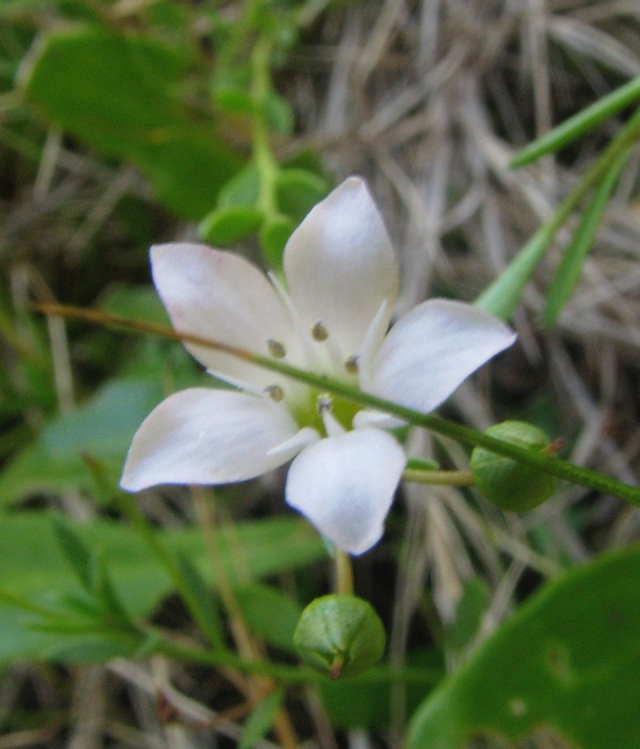
Samolus repens – Creeping Brookweed.
Along the river’s edge, Juncus kraussii – Sea Rush and Gahnia filum – Chaffy Saw Sedge grow in abundance. However,we were distressed to find the robust invasive weed Juncus acuta interspersed with the native rushes.
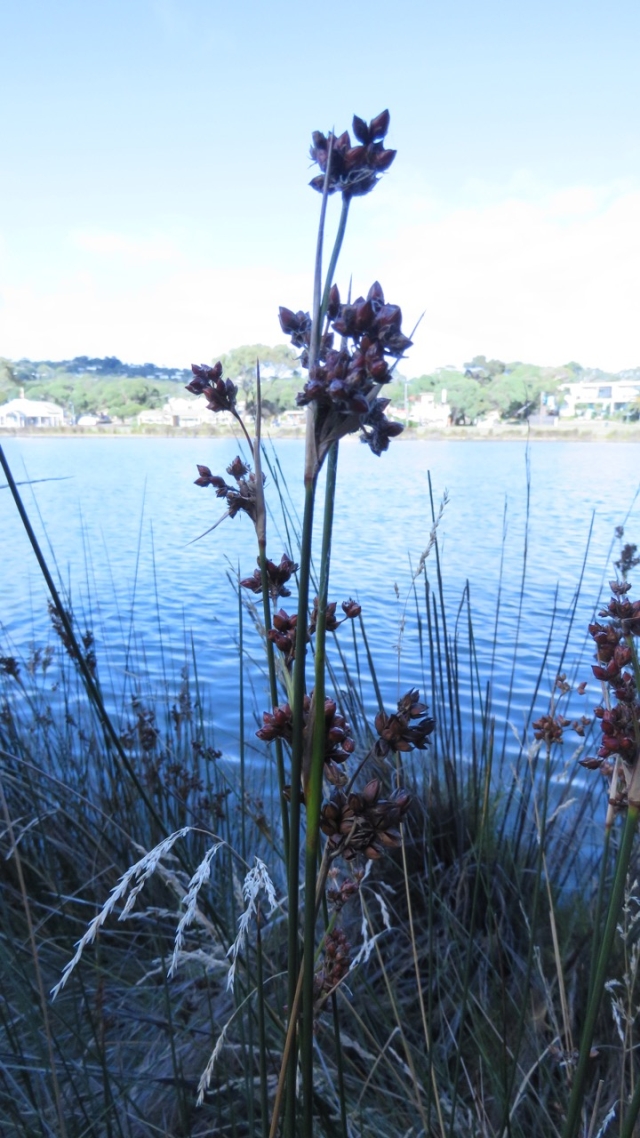
Juncus acuta Spiny Rush
An unusual plant we had seen in the past in small numbers was Triglochin striata – Streaked Arrow-grass. However, this time we found it growing abundantly.
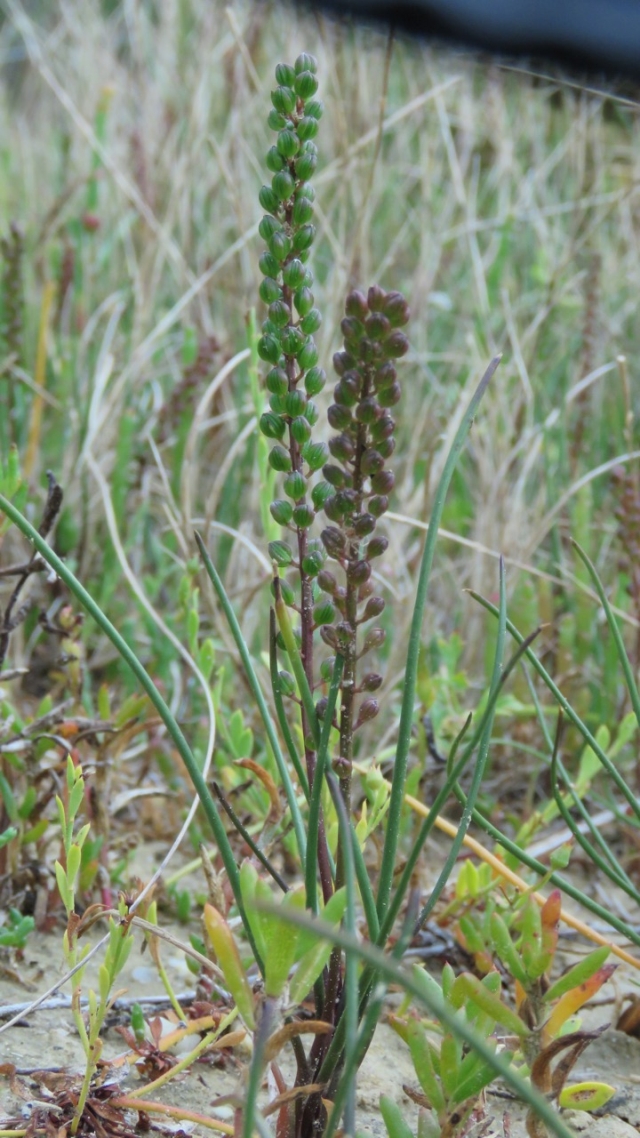
One of the delightful tiny flowers we saw was the Monkey Flower. This used to be called Mimulus repens, but has had a name change to Thyridia repens.
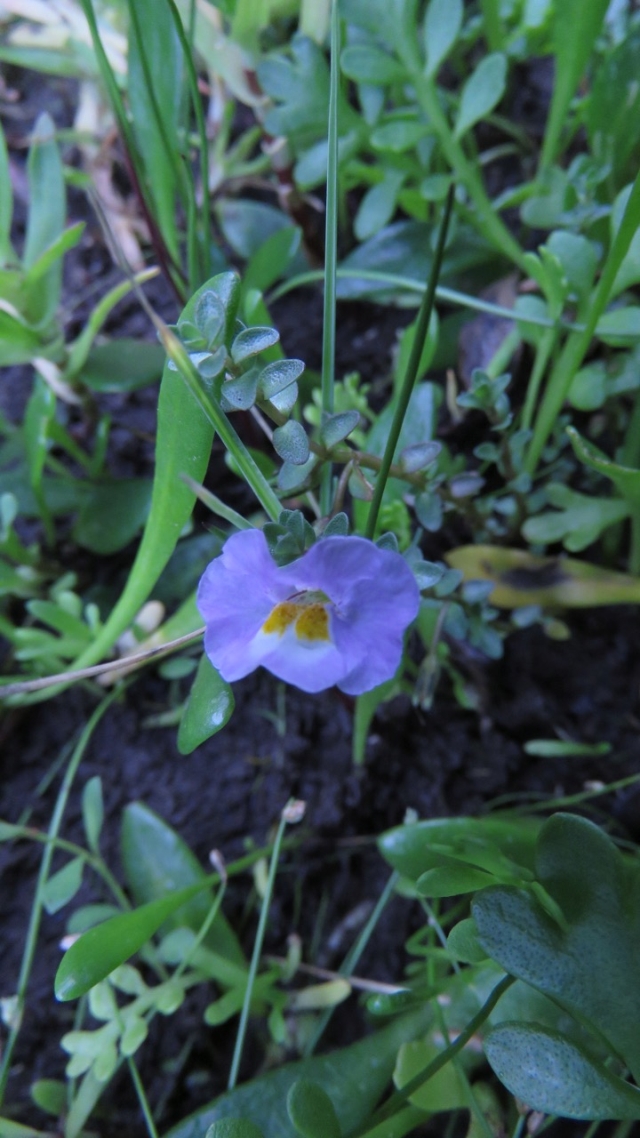
The riverbank is noted for it’s wonderful Moonah Woodland. This woodland is rapidly disappearing throughout Australia, and has been put on the Flora and Fauna Guarantee Act to try and protect and preserve it.
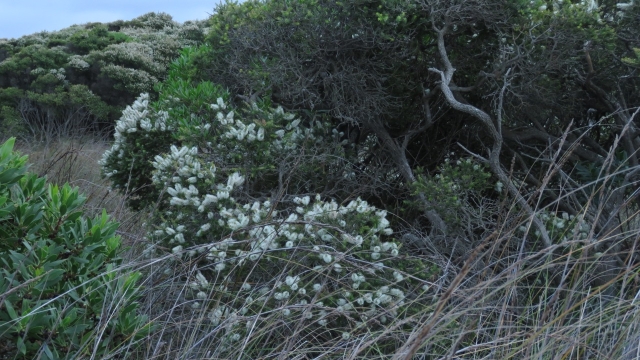
Sarcocornia quinqueflora – Beaded Glasswort is a very important plant found in the saltmarsh areas, forming extensive carpets of green cylindrical segmented branches, often reddish at the tips. It is an important food source for the Orange-bellied Parrots.

Coastal saltmarsh areas are threatened by global warming, development, rising sea level and many other factors. We are very lucky to have coastal saltmarsh locally, at both Anglesea and Aireys Inlet. The rich variety of plants is very special and these areas are well worth a visit.

Chris Morrissey